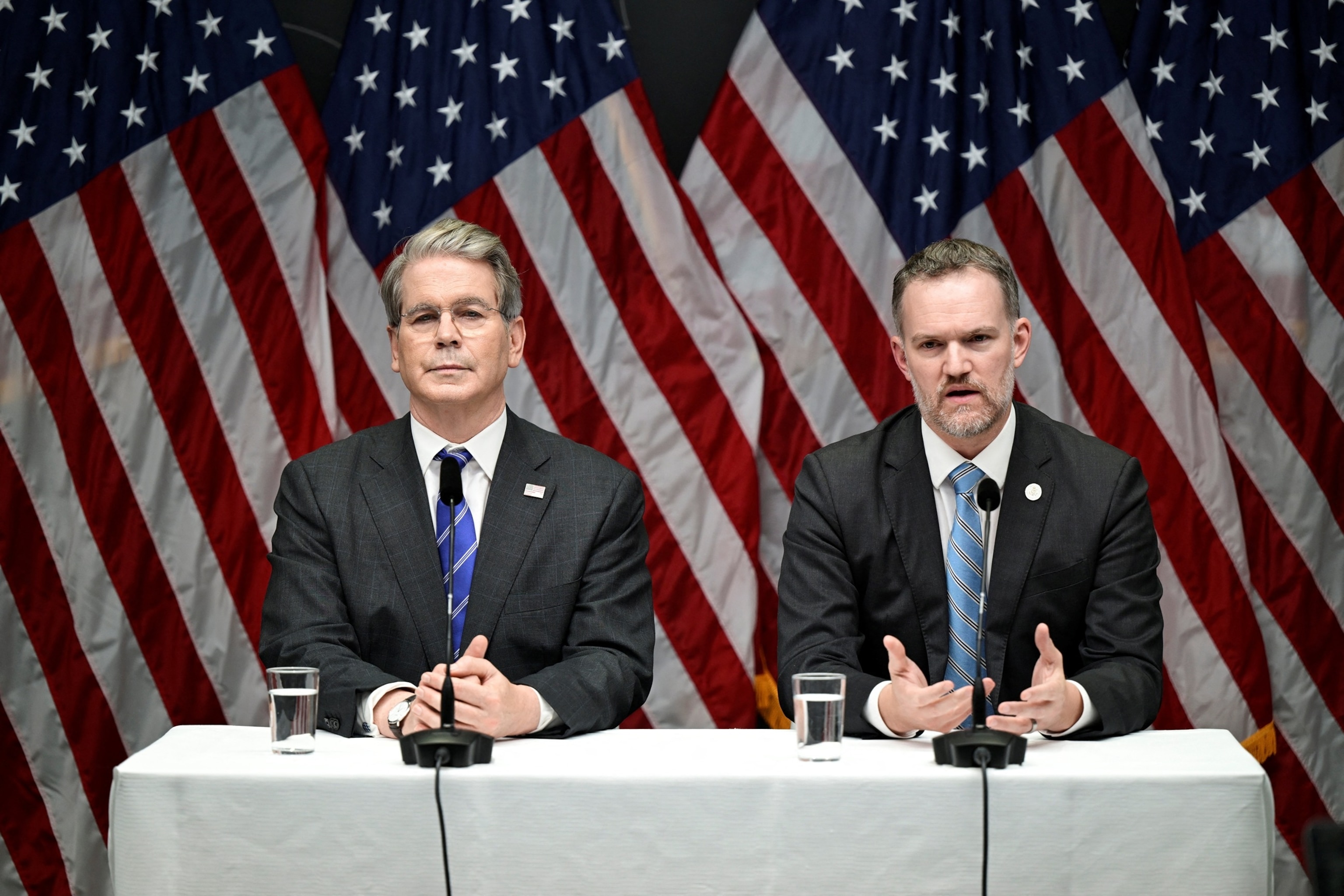A new report on the Gross Domestic Product of the United States, or GDP, will provide a key measure of the Nation’s economic health as the rates of President Donald Trump rushed to recent months.
Until now, the US economy has largely challenged the fears of a recession induced by the rate.
The unemployment rate is close to a historically low level and the growth of employment remains robust, although it has slowed from the previous maximums. Inflation has risen in the last two months, but it is still under where it was stopped when Trump assumed the position.
Economists expect GDP to increase at an annualized rate of 2.3% for three months that end in June, which would mark a rebound of a contraction of -0.5% during the previous quarter.
The early reading would be equivalent to modest but resistant economic growth, which suggests that the economy has continued to avoid significant cooling of tariffs.
To some extent, however, Trump’s taxes have erased the findings of GDP.
The government’s GDP formula subtracts imports in an effort to exclude foreign production from the calculation of total goods and services. Changes in reading in this story do not reveal underlying economic weakness or force.
The GDP measure fell during the first three months of the year, largely due to an increase in imports as companies stored an inventory to avoid long -range rates. On the contrary, a possible import drop during the second quarter could inflate the second quarter’s GDP figure.
In the months after Trump’s “Day of Liberation Day” tariffs, in April, the feeling of the consumer decreased to its lowest level in years, which increases concern for a possible setback in consumer spending, which represents approximately two thirds of economic activity.

Trade representative Jamieson Greer speaks with the Secretary of the Treasury, Scott Besent, during a press conference after commercial conversations between the United States and China concluded, in Stockholm, Sweden, on July 29, 2025.
Magnus Disthall/TT news agency through Reuters
However, the feeling of the consumer has increased for two consecutive months, since Trump has receded some of his most pronounced rates. Consumer spending has proven quite resistant.
Fresh GDP data is established hours before the Federal Reserve announce its last decision on the level of interest rates.
Investors set the possibilities that interest rates are stable with an overwhelming 97%, according to the CME Fedwatch toolA measure of the feeling of the market.
In theory, resistant economic growth relieves pressure on fed to lower interest rates, since consumers and companies seem to be flushed through high loan costs. If growth begins to decrease, Fed could try to reduce interest rates as a means to boost economic performance.
The Fed has adopted an approach to wait and see, as it observes the effects of Trump tariffs.
“Despite the high uncertainty, the economy is in a solid position,” said Fed president Jerome Powell, at a press conference in Washington, DC, last month.






